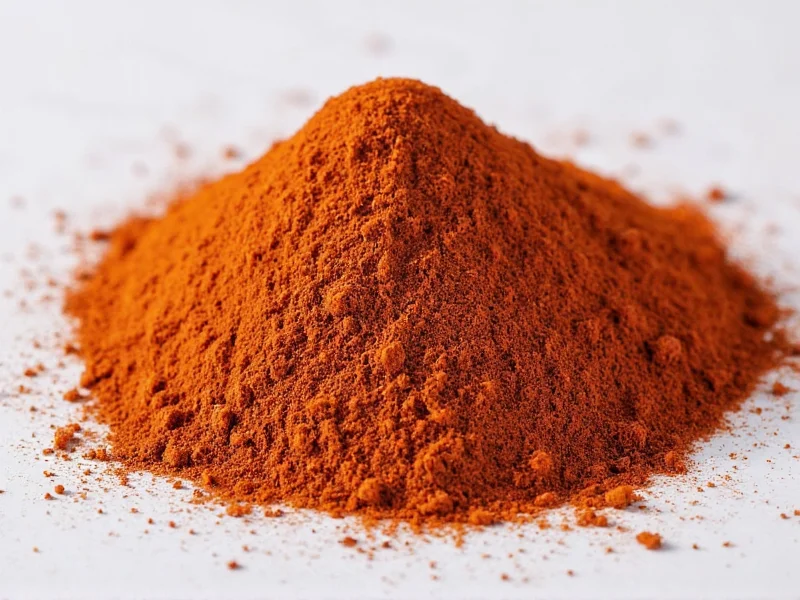Many home cooks search for what is the spice savory substitute after encountering recipes that list 'savory' as an ingredient. This confusion stems from a common culinary misunderstanding: savory refers to a taste profile (umami), not a specific spice. However, two herbs actually bear the name 'savory'—summer savory and winter savory—both members of the mint family prized in European cuisine.
Understanding Savory in Culinary Context
When recipes mention 'savory,' they're usually referring to one of two dried herbs:
- Summer savory—milder, sweeter, with subtle thyme-like notes
- Winter savory—more pungent, peppery, with piney undertones
These herbs provide the earthy, meaty quality associated with 'savory' flavor. If your recipe specifically requires dried savory herb, these substitutes work best based on availability and dish type.
Best Savory Herb Substitutes
When determining what spice can I use instead of savory, consider your recipe's requirements. The following table compares effective alternatives:
| Substitute | Flavor Profile | Best Used In | Substitution Ratio |
|---|---|---|---|
| Thyme | Earthy, slightly minty | Bean dishes, stews, roasted meats | 1:1 |
| Marjoram | Sweeter, floral notes | Vegetable dishes, tomato sauces | 1:1 |
| Poultry seasoning | Herb blend with sage focus | Stuffings, poultry recipes | 1:1.5 |
| Herbes de Provence | Complex floral-herbal mix | Roasted vegetables, grilled meats | 1:1 |
| 1:1:1 thyme-rosemary-sage | Robust, woodsy | Hearty stews, bean soups | 1:1 |
Creating Umami Flavor When 'Savory' Means Umami
If your recipe actually needs umami flavor substitutes for cooking (not the herb), focus on ingredients that deliver that deep, meaty taste:
- For liquid recipes: Add 1 teaspoon soy sauce or Worcestershire sauce per cup of liquid
- Dry rubs: Combine equal parts garlic powder, onion powder, and smoked paprika
- Vegan options: Use nutritional yeast or dried mushroom powder (1 tablespoon per serving)
- Meat dishes: Include tomato paste or a splash of red wine for depth
Understanding how to replace savory in recipes properly prevents flavor imbalances. Summer savory's delicate flavor means strong substitutes like rosemary should be used sparingly—start with half the recommended amount and adjust to taste.
Practical Application Tips
When implementing savory spice alternative for home cooking, remember these professional techniques:
- Add dried herb substitutes early in cooking for soups and stews to allow flavors to meld
- Use fresh thyme or marjoram at the end of cooking for salads and delicate dishes
- For bean dishes (where savory traditionally shines), include a bay leaf and onion for complementary depth
- When making homemade savory seasoning substitute, toast dried herbs briefly in a dry pan to intensify flavors
Many cooks mistakenly think they need a single 'savory spice' replacement. The reality is that achieving balanced savory flavor often requires combining multiple elements. A simple blend of 2 parts thyme, 1 part marjoram, and 1/2 part rubbed sage creates an excellent all-purpose substitute that works in 90% of recipes calling for savory herb.
Avoiding Common Substitution Mistakes
When searching for what is a good replacement for savory, avoid these pitfalls:
- Overcompensating: Using too much strong substitute like rosemary can dominate dishes
- Ignoring recipe context: Poultry dishes need different substitutes than bean soups
- Mixing fresh and dried ratios: Fresh herbs require triple the quantity of dried versions
- Forgetting acid balance: Add a splash of vinegar if substitutes make dishes taste flat
Professional chefs often create custom blends based on the specific dish. For French-inspired recipes, emphasize thyme and marjoram. For Italian dishes, increase oregano content. Understanding these nuances transforms your best substitute for savory seasoning from adequate to exceptional.
Frequently Asked Questions
Can I substitute oregano for savory?
Yes, but use half the amount of oregano compared to savory. Oregano has a stronger, more pungent flavor that can overwhelm delicate dishes if used in equal quantities. It works best in tomato-based recipes and Mediterranean dishes where its robust flavor complements other ingredients.
What's the difference between summer and winter savory?
Summer savory has a milder, sweeter flavor with subtle thyme notes, making it ideal for bean dishes and light sauces. Winter savory is more pungent with peppery, pine-like notes that stand up well in hearty stews and meat dishes. Winter savory also has slightly higher thymol content, giving it stronger antimicrobial properties.
How do I make a quick savory substitute for meatloaf?
Combine 1 teaspoon thyme, 1/2 teaspoon marjoram, 1/4 teaspoon rubbed sage, and a pinch of black pepper. This blend provides the earthy depth savory would contribute without overpowering the meatloaf. For enhanced umami, add 1 tablespoon tomato paste to your meat mixture along with the herbs.
Can I use poultry seasoning as a savory substitute?
Yes, poultry seasoning makes an excellent savory substitute in most recipes calling for savory herb, particularly in stuffings, roasted meats, and gravy. Use 1.5 times the amount of poultry seasoning compared to the savory quantity specified, as it contains multiple herbs diluted with filler like breadcrumbs or cornstarch.
Why do some recipes call for 'savory' when it's not a single spice?
This confusion stems from historical recipe writing where 'savory' referred to the herb specifically. In modern contexts, many recipe developers use 'savory' incorrectly to mean 'umami-rich' or 'meaty flavor.' Always check whether the recipe likely means the actual savory herb (common in European recipes) or is using 'savory' as a flavor descriptor (more common in American recipes).











 浙公网安备
33010002000092号
浙公网安备
33010002000092号 浙B2-20120091-4
浙B2-20120091-4